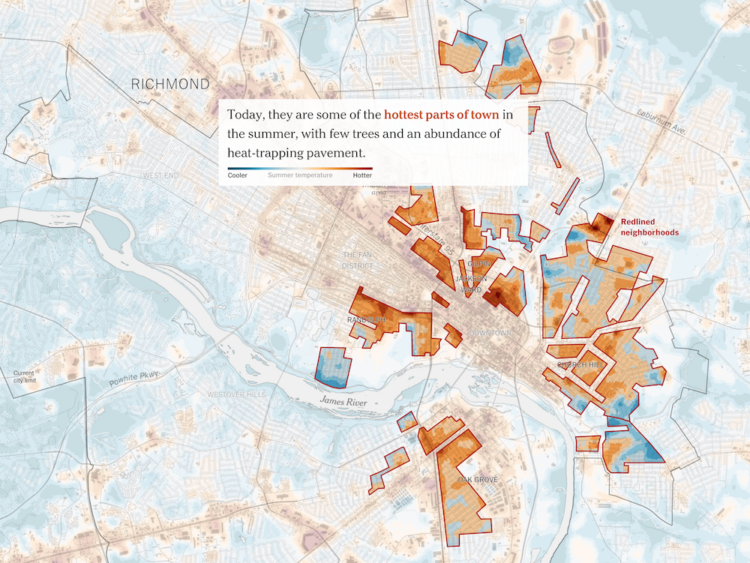In 1942, Franklin Delano Roosevelt mandated that those of Japanese descent be sent to prison camps. Through the lens of recently released Census records, the San Francisco Chronicle examined the impact of forcing thousands of residents out of their homes.
Over nearly a year, the Chronicle collected and analyzed this data, seeking to understand just how Executive Order 9066 reshaped Japantown. For the first time, we can count the number of Japanese American residents in the neighborhood in 1940 and 1950 — an unequivocal measure of the order’s disastrous effect on the community.
Tags: census, Japantown, racism, San Francisco Chronicle


